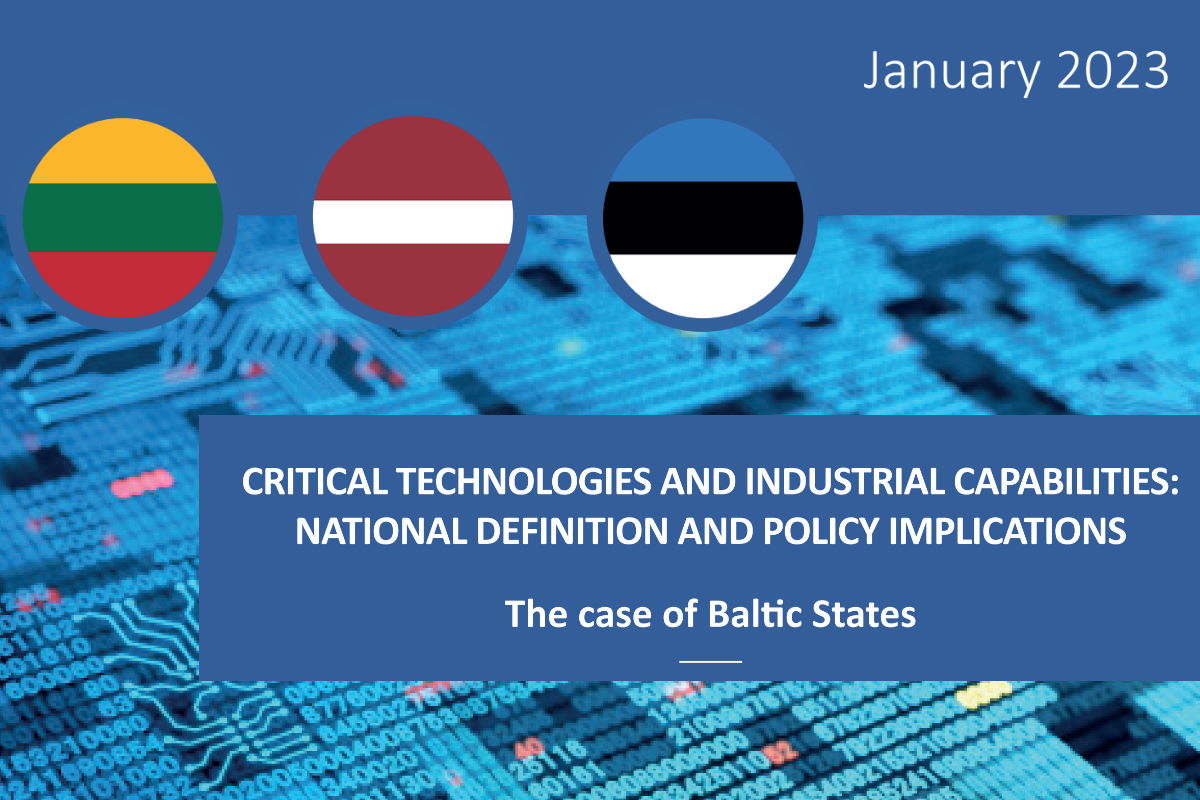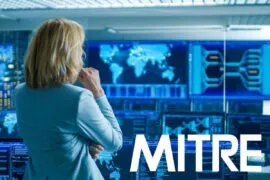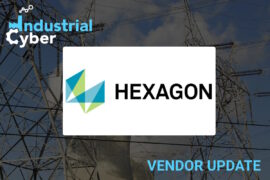New policy paper examines role of critical technologies and industrial capabilities across Baltic states

A policy paper released by the Armament Industry European Research Group (Ares Group) on Monday identified that critical technologies are inextricably linked to ensuring the security and operability of critical infrastructure across the Baltic states. The data identifies that the key challenges for Lithuania, Latvia, and Estonia are mostly derived from the external security environment rather than natural disasters or other threats such as terrorism, apart from frequently occurring cyberterrorism.
“Russia’s war of aggression against Ukraine has reinforced the aspiration to increase defence capabilities and ensure the security of the critical infrastructure,” Margarita Šešelgytė, director of the Institute of International Relations and Political Science at Vilnius University, and Emilė Indrašiūtė, a Ph.D. student at the Institute of International Relations and Political Science at Vilnius University, wrote in their policy paper.
The paper focuses on how the Baltic States define their critical technologies, what monitoring mechanisms are in place, how they tackle potential dependencies, how national mechanisms are coordinated with the E.U., and finally, how the war in Ukraine has impacted the understanding of the security of the critical infrastructure.
Although the Baltic States perceive their security environment in the same way, they tend to define their critical technologies in a somewhat different manner, the paper identified. Lithuania has elaborated its own national definitions, while Latvia and Estonia follow the definition set by the E.U.
Šešelgytė and Indrašiūtė wrote in their guidelines on critical technologies that both Latvia and Lithuania are closely connected to the needs of the national defense forces, thus providing a basis for consistent capability development planning, whereas the Estonian National Security Concept has not been updated recently and therefore fails to connect critical infrastructure challenges with capability development progress.
The landscape of the three Baltic states is defined by limited defense industries, largely focused on dual-use products. The main players in the industries are private small and medium-sized enterprises which have slim chances of competing with France or Germany’s counterparts.
The policy paper also addresses the monitoring processes related to the critical technologies and industrial capabilities in Baltic states that are somewhat similar in the field of cyber and information security, however, slightly differ in the domain of physical systems of critical infrastructure. “A critical infrastructure protection system in Lithuania has been developing while Lithuania was preparing for the EU and NATO membership. In the top-down approach, the Government of Lithuania designates specific sectors to related ministries (e.g. Ministry of National Defence) or other national institutions (e.g. National Cyber Security Centre), which then occasionally monitor the previously listed objects of strategic importance,” the researchers added.
At most, every two years, the responsible institutions must review the operation of objects of critical infrastructure unless the operators of the objects inform the responsible institutions of any changes regarding the object. The objects of strategic importance fall into sectors of energy, transport, information technologies, telecommunications and other high technologies, finance and credit, and military equipment.
The researchers also flagged the war in Ukraine, as well as earlier Russian acts of aggression in Georgia and Ukraine, has brought to attention several dependencies on Russia in the domain of critical energy infrastructure, for instance, connection to the Russian Federation-run BRELL electricity grid.
Šešelgytė and Indrašiūtė also pointed out in their policy paper that the smallness of the Lithuanian, Latvian and Estonian defense budgets requires coherent planning and coordination with both the private sector and international formats. “The critical infrastructure development and security is also closely connected to national and private defence companies and small and medium enterprises (SMEs) in the industry,” they added.
For the three countries, developing critical infrastructure and technologies means a complex process. On the one hand, states have to cooperate and coordinate with local defense enterprises, while on the other hand, states must coordinate processes with international partners and alliances in order to achieve better access to additional funding and projects.
Even though Lithuania, Latvia, and Estonia have many similarities in how they define, monitor, and develop critical technologies and how they cooperate with their defense industries, there are considerable differences among them related to the different architecture and different evolution of the infrastructure in each country.
“While Lithuania has the most updated national security strategy which encompasses hybrid threats and the need to secure critical infrastructure, Latvian and Estonian strategies still rely on older documents,” Šešelgytė and Indrašiūtė wrote in their policy paper. “The current geopolitical crises have enlightened some of the weak parts not only of the critical infrastructure itself, but also those of policies and crisis management processes. These weaknesses should be addressed in updated or reviewed strategies of securing the critical infrastructure in all three states, especially Latvia and Estonia.”
They added that the development of critical technologies is directly linked to the definition of critical infrastructure and the naming of its vulnerabilities, thus, a further investigation of current challenges in critical infrastructure may prompt advancements of critical technologies.
Šešelgytė and Indrašiūtė said that all three states have a top-down approach with government-designed lists of objects of critical infrastructure. “Latvia stands out as one which has only objects and not services listed as critical for national security, and the Estonian list of objects and services is quite limited, whereas the Lithuanian list of critical infrastructure objects is relatively very extensive.”
The researchers added that the monitoring processes in Lithuania and Latvia seem to be similar, with both owners of objects of critical infrastructure, and certain government bodies, such as ministries or other institutions involved. In the Estonian case, even though there are agencies responsible for monitoring, the system is quite decentralized and lacks cohesion as a result of a large number of actors involved.
Šešelgytė and Indrašiūtė also wrote in their policy paper that the factors that will impact the future development of critical technologies in the Baltic states are likely to include developments in the security environment, lessons learned from the war in Ukraine, increasing defense budgets and international programs, such as the EU’s EDF, PeSCo, as well as NATO’s Defence Innovation Accelerator for the North Atlantic (DIANA) and the newly launched Innovation Fund.
The three Baltic states are seeking more funding for innovations and the development of new technologies, as well as looking to put a strong emphasis on the current military and critical infrastructure-related needs. Even though both governments and local enterprises look forward to participating in various EU and NATO defense initiatives, in light of the war in Ukraine, the priorities remain on tackling the immediate threats to national security.










